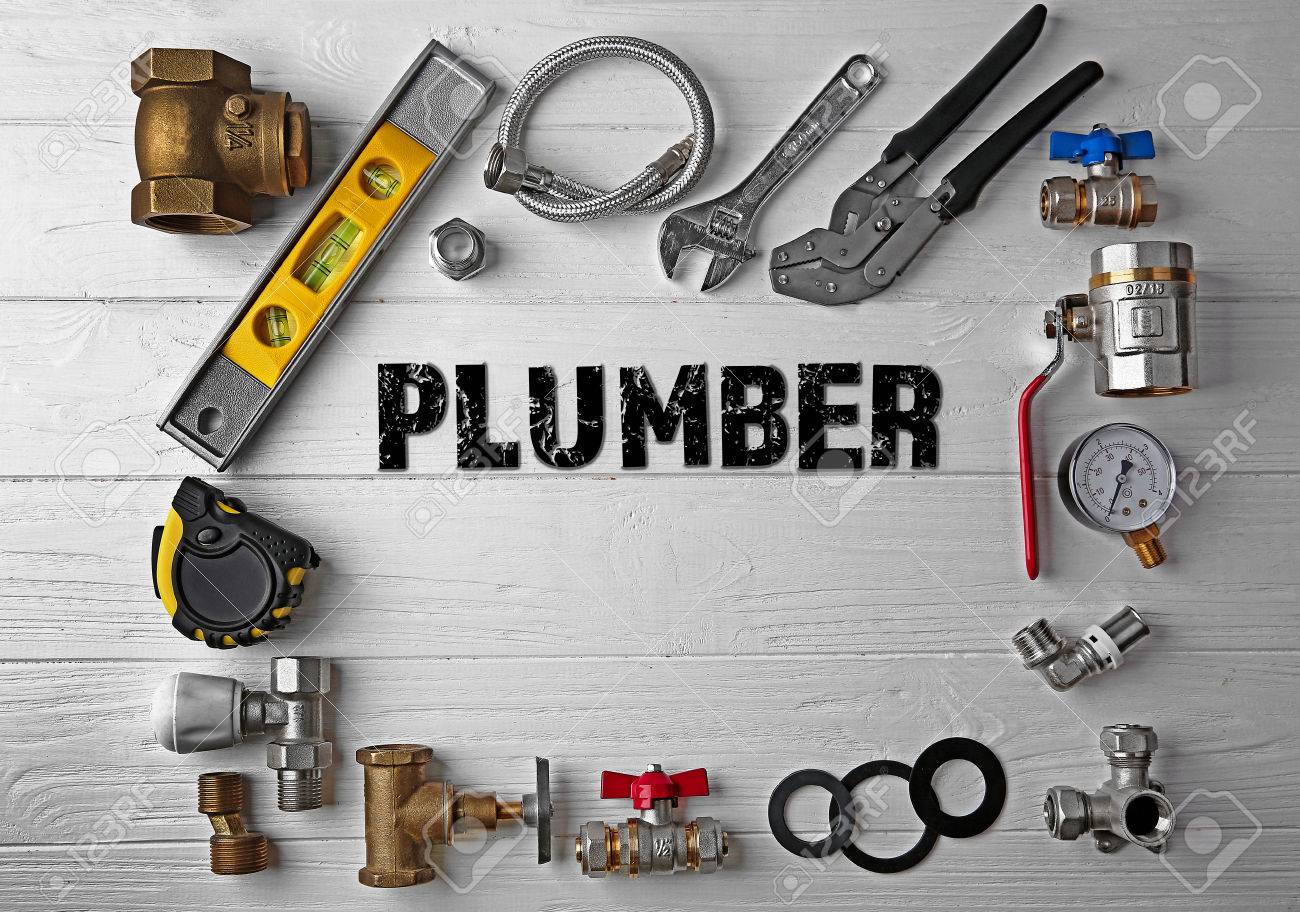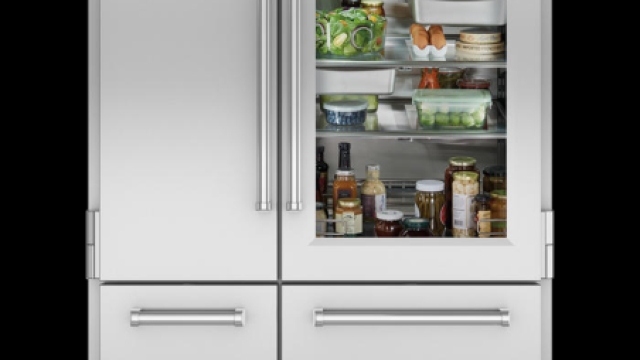Pipe Dreams: Unraveling the Secrets of Plumbing
Plumbing is an essential aspect of our everyday lives, quietly working behind the scenes to provide us with clean water and efficient waste management. From the moment we turn on the faucet to brush our teeth in the morning, to the soothing sound of water flowing through the pipes as we take a relaxing shower, plumbing plays a vital role in maintaining our modern lifestyles. Yet, despite its fundamental importance, many of us take for granted the intricate network of pipes and systems that make up our home’s plumbing infrastructure.
Although often overlooked, plumbing systems are fascinating in their complexity. They consist of an intricate network of pipes, valves, fixtures, and drains working together in perfect harmony to ensure water supply and waste removal. From the cutting-edge materials used in modern plumbing to the ancient techniques dating back to civilizations like the Romans, the history and evolution of plumbing offer a captivating journey through time.
In this article, we will delve into the secrets of plumbing, unravelling the mysteries that lie beneath our sinks and behind our walls. We will explore the various types of plumbing systems, their components, and how they work together seamlessly to provide us with the convenience and comfort we enjoy every day. So join us as we embark on a journey through the tangled web of pipes, discovering the inner workings of this vital technology that keeps our lives flowing smoothly.
The History of Plumbing
Plumbing, an essential aspect of our modern lives, has a fascinating history that dates back thousands of years. From the ancient civilizations to the innovative techniques of today, plumbing has come a long way in meeting our various water-related needs.
During the ancient times, plumbing systems emerged in several civilizations, showcasing remarkable engineering skills. The ancient Egyptians, for instance, are known to have constructed complex irrigation and sewage systems as early as 2500 BCE. These systems implemented pipes made from materials like clay, copper, and stone, enabling the distribution of water for drinking, cooking, and bathing. The Romans also contributed significantly to plumbing advancements, introducing aqueducts to transport water across long distances.
The Middle Ages marked a decline in plumbing standards across Europe, with many communities relying on inadequate or nonexistent systems. However, as cities grew and the need for proper sanitation became more apparent, the focus on plumbing reemerged. The introduction of wooden pipes, often made from hollowed-out logs, became common during this period. These pipes carried water from natural sources to nearby dwellings.
Fast forward to the Industrial Revolution, which brought a new wave of technological advancements, including improvements in plumbing. Cast iron pipes were introduced in the late 18th century, replacing the older wooden ones. These sturdy pipes facilitated more efficient transportation of water and contributed to the growth of urban areas.
In recent years, plumbing technology has continued to evolve rapidly. The development of materials such as copper, brass, and various types of plastic has combined with innovative techniques for installation and maintenance. Today, plumbing systems are designed to be more durable, sustainable, and efficient, ensuring the proper flow and disposal of water in our homes, offices, and public spaces.
The history of plumbing is a testament to the ingenuity and resourcefulness of humankind. From simple clay pipes to the complex systems of today, plumbing has played a crucial role in enhancing our quality of life and ensuring the health and well-being of our communities. It continues to be an ever-evolving field, driving advancements that will shape our future.
2. The Importance of Plumbing
Plumbing plays a vital role in our everyday lives, ensuring the smooth functioning of our homes and the overall well-being of society. Without proper plumbing systems, many essential tasks would become a daunting challenge. From delivering clean water to removing waste efficiently, the importance of plumbing cannot be overstated.
First and foremost, plumbing brings clean water directly into our homes, providing us with a basic necessity for life. It allows us to conveniently access potable water for drinking, cooking, cleaning, and bathing. The availability of clean water not only promotes good hygiene but also helps prevent the spread of waterborne diseases, safeguarding our health and that of our loved ones.
Moreover, plumbing enables effective wastewater management. Through a network of pipes, it efficiently collects and removes used water, directing it away from our living spaces. This helps maintain cleanliness and prevent contamination, creating a safer and healthier environment for everyone. Proper wastewater disposal also helps protect our natural water sources, preserving the quality of rivers, lakes, and groundwater.
In addition to water supply and sanitation, plumbing also supports crucial systems in our homes, such as heating and cooling. From radiators to air conditioners, plumbing ensures the circulation of hot or cold water, facilitating climate control and ensuring our comfort year-round. This not only enhances our quality of life but also contributes to energy efficiency and sustainability.
Taking into consideration all these essential functions, it becomes evident that plumbing is a cornerstone of modern society. Its significance extends far beyond mere convenience, as it directly impacts our health, hygiene, and overall well-being. By understanding and appreciating the importance of plumbing, we can better comprehend the intricate network of pipes that silently work behind the scenes to support our daily lives.
3. Modern Plumbing Techniques

In recent years, the field of plumbing has witnessed significant advancements and innovations. Here, we explore three modern plumbing techniques that have transformed the industry.
-
Leak Detection Systems:
Ensuring the integrity of plumbing systems is crucial, and leak detection systems have played a vital role in this aspect. These cutting-edge systems utilize advanced sensors and technology to identify leaks or potential issues in pipelines. By detecting even the smallest leaks early on, these systems prevent significant water damage, saving resources and minimizing repair costs. -
Water-Efficient Fixtures:
With growing concerns about water scarcity, water-efficient fixtures have become increasingly popular. These fixtures are designed to minimize water wastage without compromising performance. Modern toilets, faucets, and showerheads incorporate innovative mechanisms such as dual-flush systems, aerators, and flow restrictors. By utilizing these water-saving fixtures, households and businesses can contribute to conserving this precious resource. -
Pipe Relining:
Traditional methods of fixing damaged pipes often involved extensive excavation and replacement, causing disruption and inconvenience. However, pipe relining has emerged as a game-changing technique. This non-invasive procedure involves the insertion of a liner into the existing pipe, which is then cured in place, creating a new, durable pipe within the old one. Pipe relining is not only cost-effective but also significantly reduces the time and effort required for repairs, making it a preferred choice for many plumbers.
To conclude, modern plumbing techniques have revolutionized the industry, making it more efficient, environmentally friendly, and convenient. The adoption of these technologies ensures better water management and enhances the overall performance of plumbing systems.





